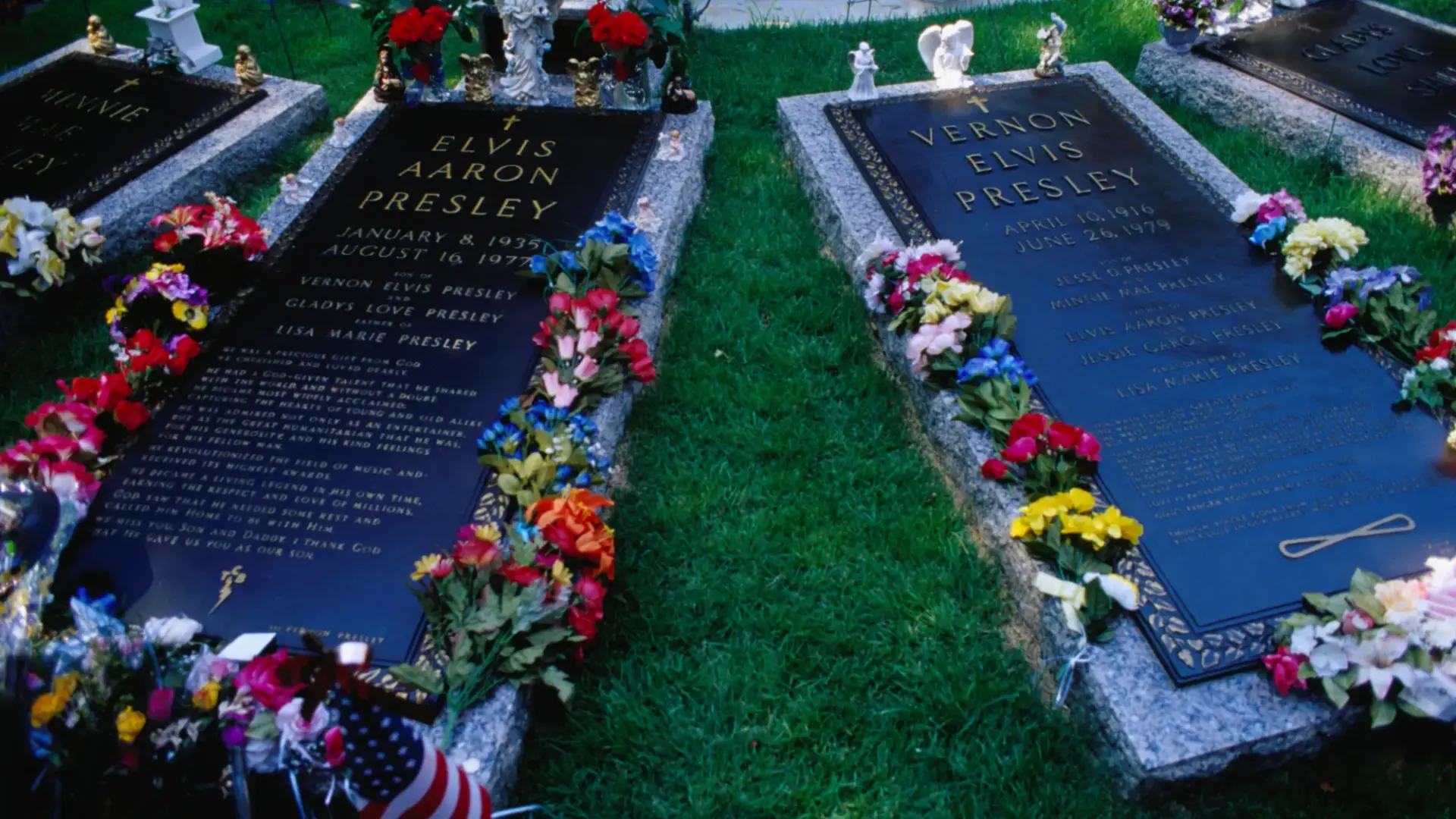
In the past, celebrity tributes were often tied to physical locations, like Graceland for Elvis Presley or John Lennon’s Strawberry Fields in Central Park. Fans would travel from all over the world to pay their respects in person, leaving flowers, mementos, and handwritten notes at these iconic sites. These pilgrimage-like visits created a tangible connection to the star's legacy. However, as technology has evolved, so have the ways we remember actors, musicians, and other public figures.
As the internet has become part of daily life, and brands like TMZ, The Hollywood Reporter, Deadline, and more have solidified their place as cornerstones of celeb-watcher culture, celebrity tributes have shifted from front-page newspaper articles to digital platforms. Fans and loved ones alike turn to social media, websites, and digital memory platforms to honor those who have passed. These public displays of remembrance—whether through posts, videos, or interactive online spaces—are shaping the future of how we all grieve.
But what can families learn from these modern trends in celebrity tributes? And how can you create lasting digital memories for your loved ones?
Celebrities have always been commemorated in public; consider, for a moment, how Princess Diana’s passing overtook global newspapers, magazine covers, and headline news shows in 1997. Now, digital platforms have taken that hoopla to a whole new level. In the past, fans might have visited a grave or left flowers at a star’s Hollywood Walk of Fame star, but today, public memorials live online. The recent deaths of icons like Kobe Bryant, Chadwick Boseman, Prince, and Dame Maggie Smith have shown us how the internet can unite those who are grieving the loss of public figures who have had a profound impact.
Social media platforms become a space for people to share their personal stories, pay tribute with art or videos, and keep a dialogue going about the celebrity’s impact on their lives. Hashtags, online video montages, and dedicated websites are now common in celebrity memorials—bringing in millions of people globally to contribute and reflect on shared loss.
While the millions of likes and shares of celebrity memorials may seem far removed from your personal life, there’s a lot that everyday people can learn from them, especially when it comes to preserving legacies digitally. Here’s how you can apply these digital trends to your own family’s memorial practices:
Creating a digital legacy for a loved one doesn’t need to be complicated. Here are some tips for building your own family memorial using digital tools:

In a time when almost everything is moving online, it makes sense that even memorials have a digital component. Whether through social media posts, dedicated websites, or platforms like Kwillt, digital tributes allow for the preservation and sharing of memories in ways that traditional means simply can’t. You don’t need to be famous to create a lasting legacy for your loved ones—by paying attention to trends that have made celebrity memorials so impactful, you can build a family archive that will stand the test of time.
Feature Image by Richard I'Anson/Getty Images